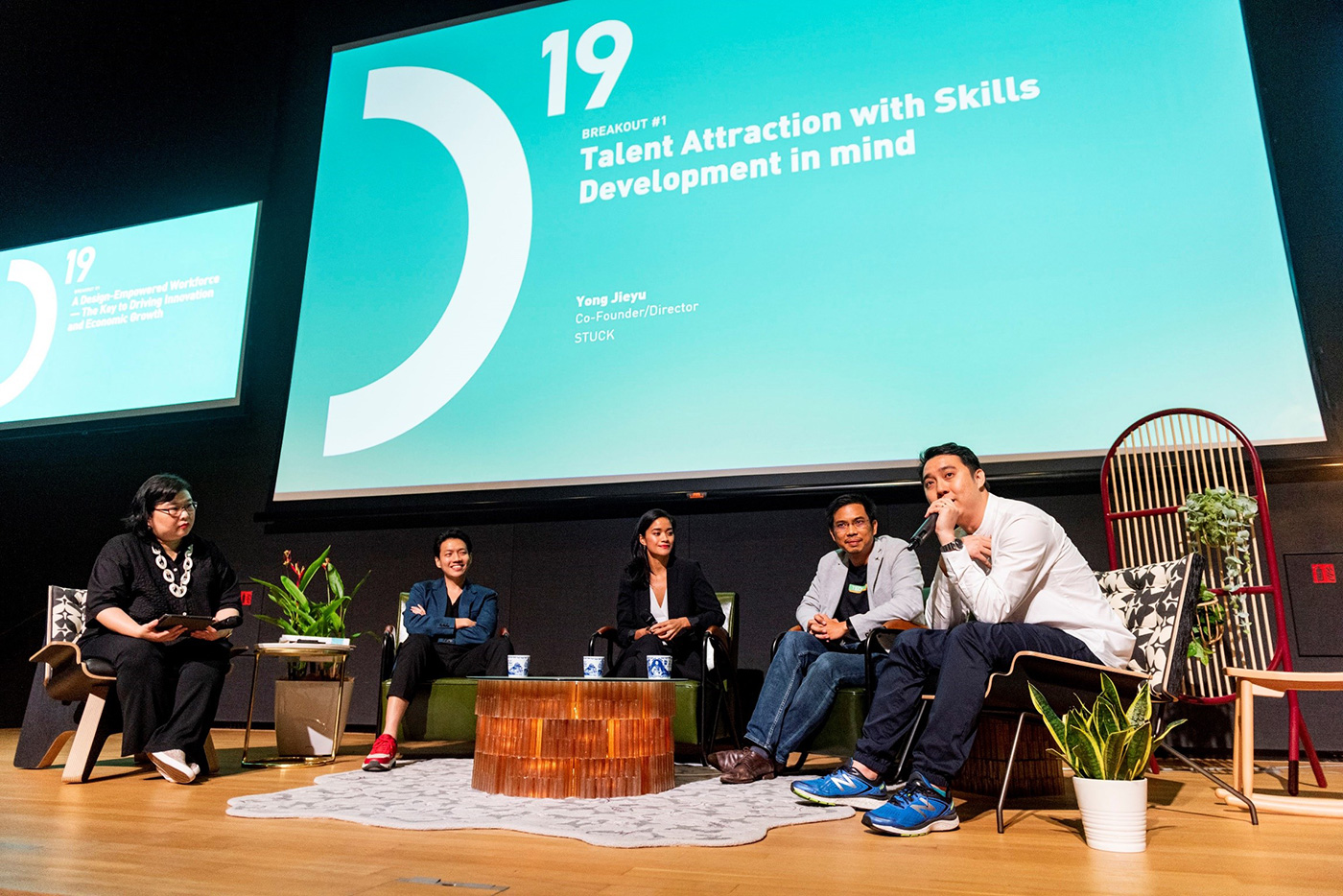There is no better time to be a designer: Mark Wee
Most Singaporeans know who JJ Lin is and many can probably sing his songs. Yet, few will have heard about the singer’s vision of shaping a creative and healing space that transcends the boundaries of art, design and music – and the fact that it was Singapore design firm Parable Studio that made this vision tangible in the form of the JFJ Sanctuary in Taipei. It is here that the singer now produces his music, co-creates music with others, and engages fans by live streaming his work from anywhere in the building.
But JFJ Sanctuary wasn’t just designed for aesthetics or acoustics. Parable Studio’s human-centric approach also helps Lin re-imagine his music business and then shapes a new business strategy before going on to create a space that enables his vision.
The strategy was to create a tribe by engaging fans beyond the typical concert and album touchpoints. To heighten the fan experience, JFJ Sanctuary studio’s interiors and acoustics offer live streaming on the go, giving fans unprecedented access to his creative process, and the opportunity to co-create his music and tour experiences.

With the boundaries of design disciplines blurring and new opportunities for design emerging across industries, there really is no better time for designers to grow in depth and breadth in order to become the catalysts and change makers we are meant to be.
Demand for design in Singapore
What’s more, local research echoes the growing global demand for designers across industries. We expect the number of design professionals in Singapore to grow to more than 12,000 by 2022. Interestingly, for every design job in design firms, there will be two design jobs in non-design firms by 2022. In fact, most of the demand for design talent will come from tech companies, financial services and business consultancies.
Why? Because design skills and mindsets – such as the ability to empathise, reason abductively and prototype rapidly – are now essential to a world where firms must “innovate or die”.As a result, there is a demand for transdisciplinary or “T-shaped” talent, where designers possess deep technical skills, but are also adept at non-design skills such as systems thinking, business model innovation, content strategy, and entrepreneurship. In short, clients want designers who aren’t afraid to “talk” business or strategy.
Of course, we may never find that “unicorn” with the perfect blend of both skills, but as designers, we must at least be aware of the new demands on the profession and start to dip our toes into unfamiliar waters.

Design has evolved
It would have been hard to imagine an interior design firm taking such an approach with clients a decade ago. Today, however, firms offer expanded design services and are positioning themselves differently. With clients’ expectations of designers constantly evolving, change is inevitable as they now see the potential of working with designers beyond the creation of images, products or spaces.
More are recognising that the fundamental value of a designer is to produce solutions that connect with people, and want one who can help them craft their brand experience and reach customers in more holistic ways – across channels – based on the clear understanding of customer needs and desires.
Growth Mindset for Designers
This growth mindset is important for designers. In a recent interview, Chris Lee, founder of Asylum Creative, a successful multidisciplinary agency, shared that by adding interior design to its skills set, Asylum was able to transform from a graphic design studio into a multi-disciplinary outfit.
Admittedly, exploring new grounds can be unnerving. For instance, when I moved from an architectural practice to service design 10 years ago, the work was so new that I was often asked to explain what “service” and “experience” design meant. Back then, there was neither a formal curriculum for service design nor clarity on the skills required from a good service designer.

I believe that young designers are better supported today, especially with the new Skills Framework for Design by the DesignSingapore Council, Skillsfuture Singapore and Workforce Singapore. Developed together with employers, industry associations, as well as education and training providers, the framework identifies new jobs in demand, sets out the possible career pathways, and specifies existing and emerging skills required for these roles.
And it’s great to see local design schools reviewing and evolving their curricular so students graduate with relevant skills to meet new market demands. Ngee Ann Polytechnic’s School of Design and Environment, for instance, used the framework as a guide to develop its latest Diploma in Design. Methodology, a design education company that provides corporate training, also referenced the framework when it developed the first Professional Conversion Programme for UX/UI Digital Design and UX/UI Spatial Design Professionals.
With the boundaries of design disciplines blurring and new opportunities for design emerging across industries, there really is no better time for designers to grow in depth and breadth in order to become the catalysts and change makers we are meant to be.
This article was originally published on
Home and Decor






